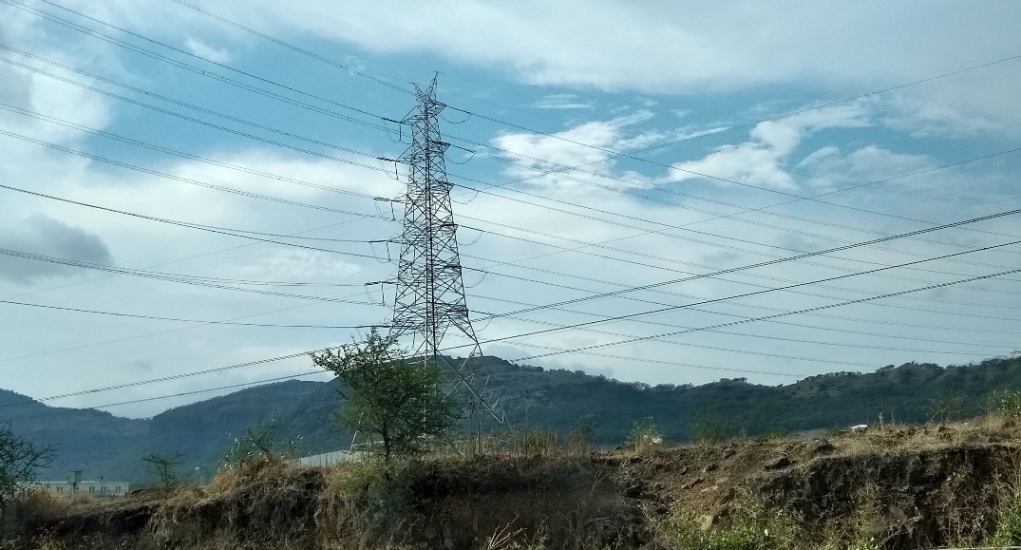Central Transmission Utility of India Ltd (CTUIL), in its newly-released “Interim ISTS Rolling Plan: 2029-30” has projected capital investment of around Rs.3.42 trillion towards upgrade of the interstate transmission system (ISTS) network, between now and FY30.
The report suggests that out of the total capex, around Rs.1.50 trillion will go towards transmission line addition and the remaining Rs.1.92 trillion will be for building transformation (substation) capacity. It may be noted that this infrastructure relates to lines and substations of 220kV or higher only.
As can be seen from the summary table, 28,146 ckm of lines (out of the 55,430 ckm envisaged) are currently under construction while the remaining are in planning or bidding stage. Similarly, the transformation capacity addition of 6,48,080 MVA by end-FY30 will have a contribution of 1,50,412 MVA from projects currently under physical construction.
For a frame of reference, India’s total transmission line network (of 220kV or above) stood at 4,88,423 ckm, as of August 31, 2024. Similarly, the total transformation capacity base was 6,48,080 MVA, as of the same date.
This implies that over the next five years (from now up to end of FY30), the country’s transmission line network will grow by around 11 per cent while the aggregate transformation capacity will see a much higher increase of 51 per cent.
ISTS network
Another 12.5 per cent will help in integration of generation from conventional sources, mainly thermal and nuclear power. The remaining 29.4 per cent will for feeding upcoming green hydrogen/ammonia plants in Andhra Pradesh, Gujarat and Tamil Nadu. (This has already been discussed in a recent separate story.)
HVDC technology
A significant part of the power transmission infrastructure upgrade is expected through HVDC systems. While the CTUIL Rolling Plan has not specified the contribution of HVDC systems, the National Electricity Plan, 2023, finalized last month, indicated that nine HVDC-based transmission systems will be built by 2032. These will have aggregate transfer capacity of 33.25 GW, which is nearly equal to the current HVDC-based transfer capacity of 33.50 GW. In other words, HVDC-based transfer capacity is likely to double between now and 2032. It may also be noted that during the current fiscal year FY25, as was the case with FY24 and FY23, no new HVDC-based power transmission infrastructure is expected.
Regional grids
It is interesting to note that the projected ISTS network capacity augmentation will be concentrated in the Northern Region (NR) and Western Region (WR) grids. Of the total transmission line network addition between now and FY30, around 48 per cent will be in NR. Likewise, a little over 50 per cent of the total substation capacity addition will be in WR. This is a natural progression of current trends. Today, NR is the biggest regional grid in terms of electricity imports while WR is the biggest exporter. During the first four months of FY25, the volume of interregional transfer from WR to NR accounted for 40 per cent of the country’s total interregional transfer between the five regional grids.
By end of FY30, India’s total interregional transfer capacity is set to reach 135 GW from about 119 GW as of August 31, 2024 – a growth of about 13 per cent.
Also read: CTUIL approves RTM projects worth nearly Rs.400 crore
Featured photograph is for representation only

